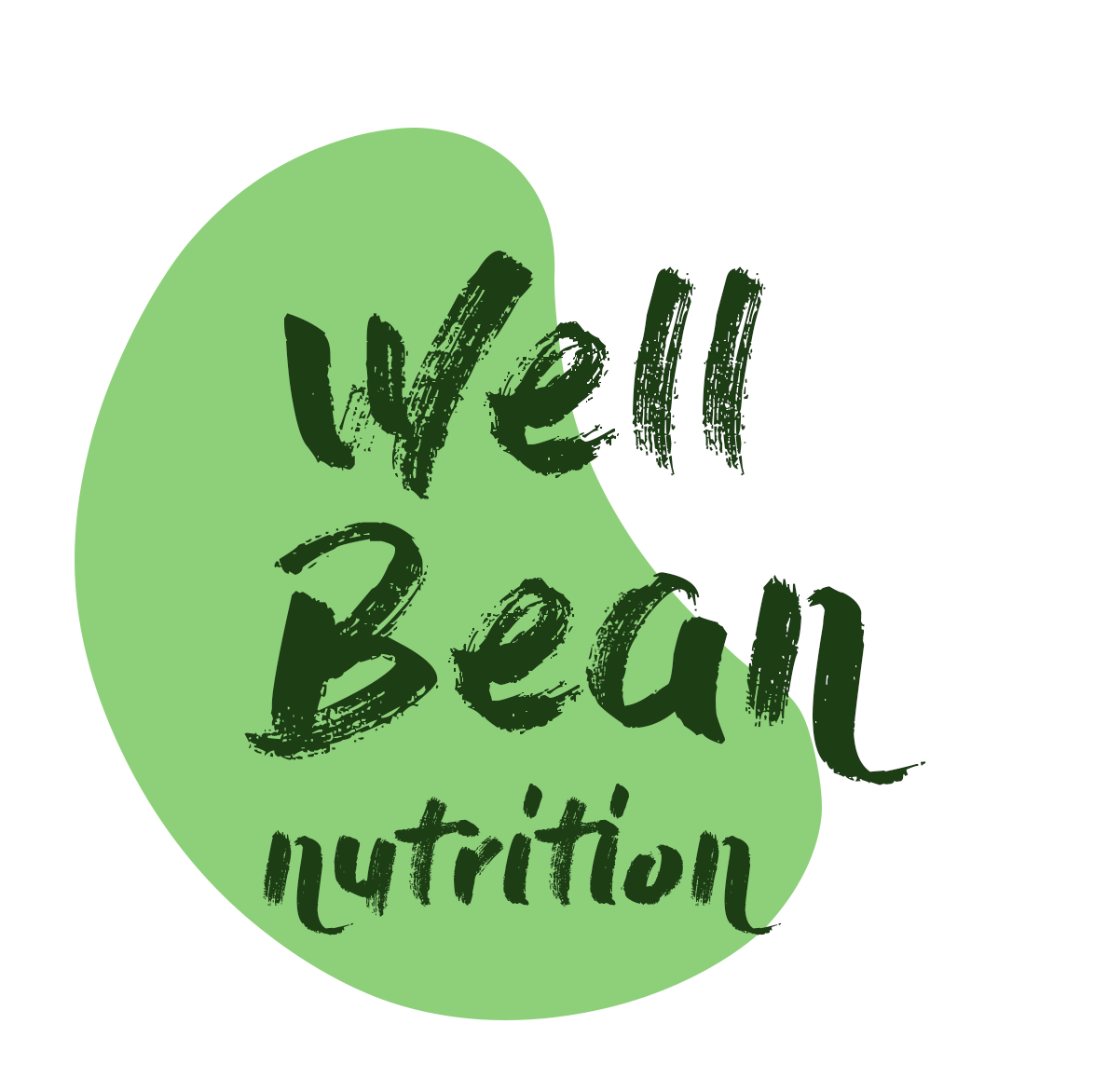At a time when health and immunity is at the forefront of current conversation, what can WE be doing to support OUR OWN immune systems?
By bringing down the load of the virus, we are able to better fight it with our own immune system.
PROTECTING AGAINST VIRUSES?
Let’s take COVID-19 as an example…
96% of COVID-19 show lymphocytopenia (<1500/mm3) (New England Journal of Medicine, 16.03.2020), meaning an unusually low amount of white blood cells, integral to our immune systems.
Medicinal mushrooms have been shown to modulate/balance the immune system, increasing our lymphocytes as well as the activity of INF-y interferon- are mushrooms, then, our mini knights in shining armor?
…INF-y interferon
- Inhibits the replication of viruses
- Induces antibodies against viruses
- Inhibits the absorption of viruses into cells
- Blocks viral proteins
Cordycep mushrooms improve our oxygen uptake, minimize the “cytokine storm” reaction in the lungs, and, using a molecule, “adenosine”, can actually stop the replication of a virus (Linnakoski, et al. 2018). These are available in many online shops—> check that they’re non-GMO/organic if poss.
VIT D & GENERAL IMMUNITY?
There are 2 main dietary forms of vitamin D that are able to benefit our immune systems: vitamin D2 & D3.
Few foods in the Western diet are a good source of vitamin D, with the best naturally occurring dietary source being oily fish, fungi and yeast (Calvo, et al. 2005).
There are many variables in a mushroom, which alter the amount of vitamin D that’s able to be absorbed by us humanoids, however I suggest:
Buying vitamin D enriched mushrooms (ie. ones that have been exposed to UV/natural sunlight- I know Tesco were doing these for a while, but look for “egosterol” mentioned on the packets (or keep them on your windowsill! (Conrad & Perera, 2004))
Sprinkle them with a bit of lemon juice (Ložnjak & Jakobsen, 2018).
& pan fry them on a LOW heat for 5 minutes (Ložnjak & Jakobsen, 2018).
Anyway, here’s my delicious “immune boosting” mushroom risotto recipe for you to enjoy at home!
2 tsp sunflower oil
1/2 onion, chopped
3 cloves garlic, crushed
1/2 lemon, juiced
75g mixed wild mushrooms (a mix or any: shitaake/chestnut/oyster/ceps/girolles/cordyceps etc)- Try and get these organic (have a look online if you can’t get them in a shop).
2 cups brown rice
250ml dry white wine
1tbsp nutritional yeast
1.5L vegetable stock
40g Gruyere, grated
30g Parmesan, shaved
3 spring onions, sliced
black pepper to taste
Rinse the rice well.
On a low heat, fry the onion, garlic, mushrooms and lemon juice for 3 minutes, add the white wine and reduce to half.
Add the rice and let it absorb all the liquid before slowly adding the stock and nutritional yeast, stirring in between, until its all absorbed and the rice is just “al dente”.
Remove from the heat and stir through the Gruyere.
Top with the spring onions, Parmesan shavings and black pepper… and serve!
Now, I’m not saying that eating mushrooms is going to mean that you will not get COVID-19, but it certainly won’t do any harm to increase your intake!!
If you’re interested in booking a consultation, give me a call on 020 3886 0029 or email me at info@freshinlondon.co.uk for a FREE introductory session!
For more information on mycotheraphy, mushrooms & immunity, check out #Paul Stamets, #Hifas de Terras & #IHCAN magazine!










